Automation is not equal to unmanned. At least for the foreseeable future, industrial AI still has a long way to go. The buzzword "intelligent manufacturing" often oversells capabilities, focusing on the high efficiency and low cost of automated production lines while overlooking the unparalleled adaptability and intuitive problem-solving of human workers. The real question is: What role should humans play in automated production lines? And how can we effectively integrate human involvement with automated manufacturing processes?
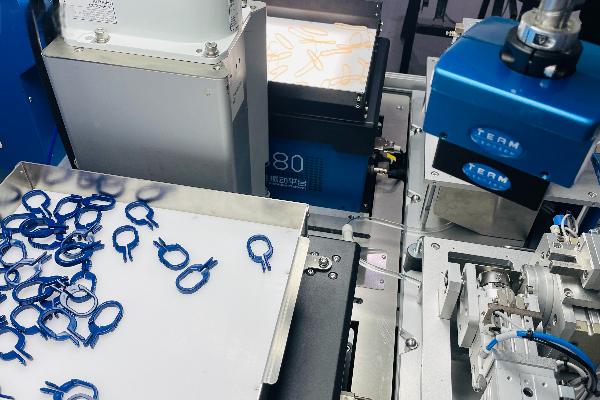
1. Knowing “How to Do” and “What to Do”
Machines know "what to do" but lack the ability to determine "how to do it" or "how to do it better." For instance, once a command is executed, a robot follows a preset sequence of actions to complete its task. However, current machine learning capabilities are far from being able to independently write command codes or optimize processes autonomously.
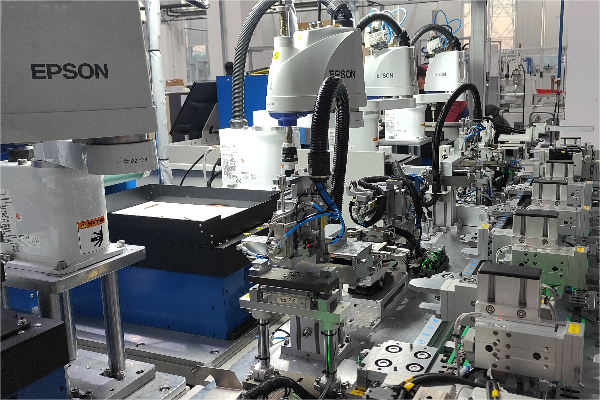
Humans, on the other hand, possess innate learning and problem-solving abilities. Drawing on experience, they can propose optimizations to enhance the stability and efficiency of automated systems. Take the example of a medical injection molding machine. Its "twist-and-lock" movement mimics the natural assembly motion of a human hand, reducing product damage and ensuring a secure fit. This improvement stems directly from human-inspired assembly techniques.
2. Enhancing Compatibility with Human Intervention
Strategically integrating human roles in specific processes can greatly enhance the compatibility of an automated production line. Compatibility is vital for modern enterprises—not just for adapting to market demands but also for responding quickly to product innovation.

At its core, an automated production line is about control, but control relies on precise positioning.
* Where is the material in the process?
* Has it reached the correct location?
* Is it positioned accurately enough?
These factors determine whether a production line operates smoothly. While machines execute seamless actions, their performance depends on coordination between mechanisms, vision systems, and various sensors to align properly. Even flexible production lines have limits on what they can accommodate.
Introducing human oversight at certain stages can drastically improve compatibility. Human workers can address variances in positioning and alleviate the rigidity of fixed systems, enabling the production line to accommodate a wider range of tasks with greater flexibility.
3. Humans as Lubricants for Inter-Device Operations
Automated systems are incapable of self-correction. Human involvement serves as a critical buffer, significantly enhancing error tolerance in production environments.
The most crucial aspect of an automated production line is stability, surpassing even production speed and cost efficiency in importance. Higher levels of automation demand higher stability, which in turn requires substantial investment. Consequently, a fully automated line is often far more expensive than semi-automated setups or standalone machines.
Human oversight reduces the cost of maintaining large, complex systems by ensuring stability.
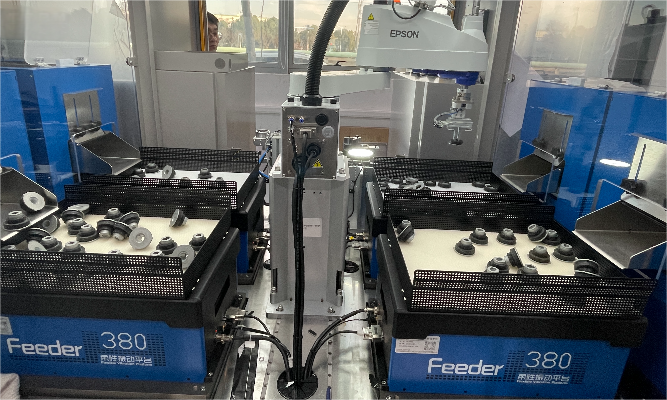
Production is inherently dynamic, involving component wear, error accumulation, and other unpredictable factors that increase over time. These issues can lead to system downtime, yet a simple human intervention can often restore normal operations.
Thus, viewing human roles as mere workstations is reductive. In this era of limited AI intelligence, human operators act as the "intelligent managers" of automated systems.
4. Automation Adjusts Workforce Dynamics, Not Replaces It
Rather than replacing humans, automation has reshaped workforce dynamics. Human roles are no longer confined to monotonous assembly lines but have diversified into areas requiring higher expertise, creativity, and decision-making.
Conclusion
By integrating human strengths—learning, adaptability, and problem-solving—with automated systems, industries can achieve a harmonious balance between efficiency and flexibility, paving the way for smarter and more sustainable production models.
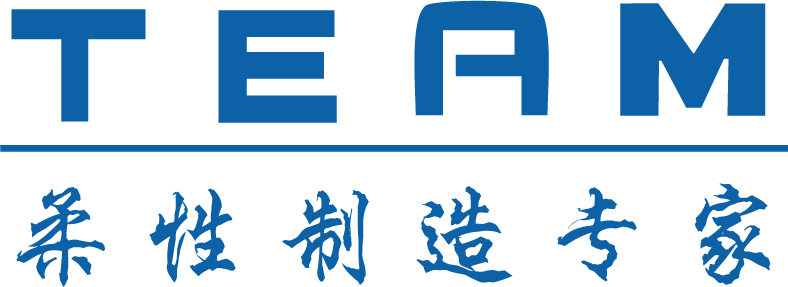

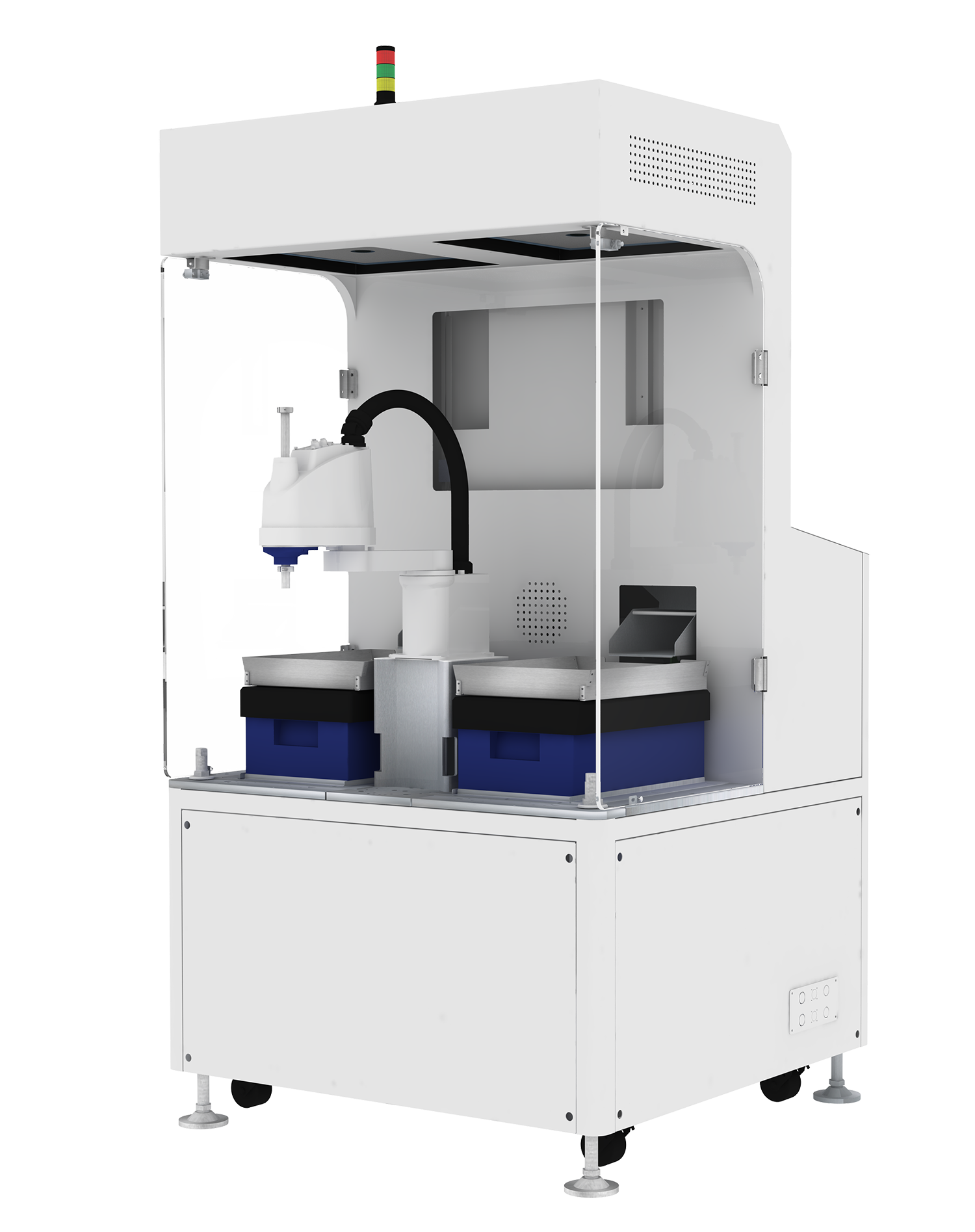
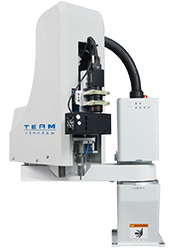
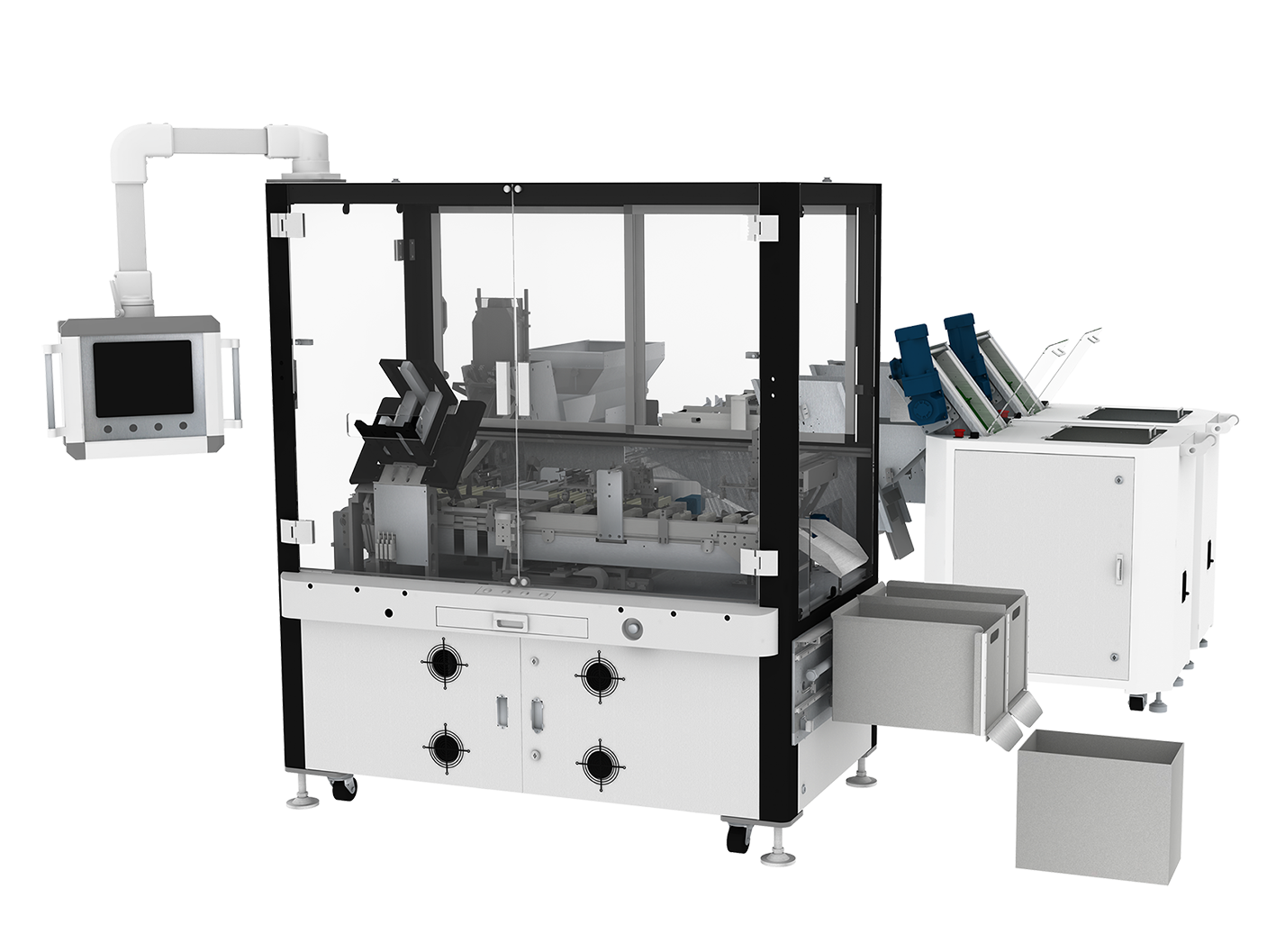







 Home
Home Products
Products Telephone
Telephone Message
Message



